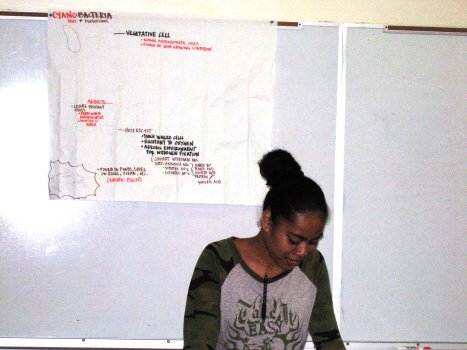
Cyanobacteria
Sheila explains the function of the heterocyst, the akinete, and the vegetative cell in cynanobacteria.

Michelle and Emyleen cover the moss reproductive cycle.
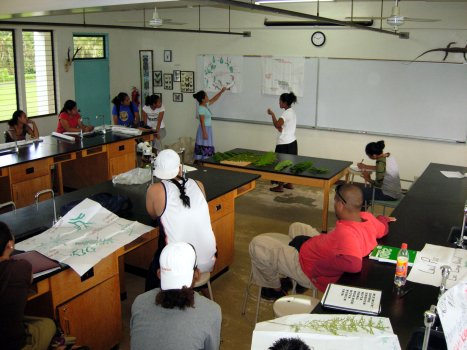
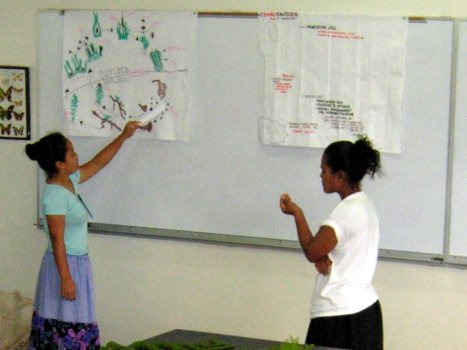
Bryophta: Moss reproductive cycle.
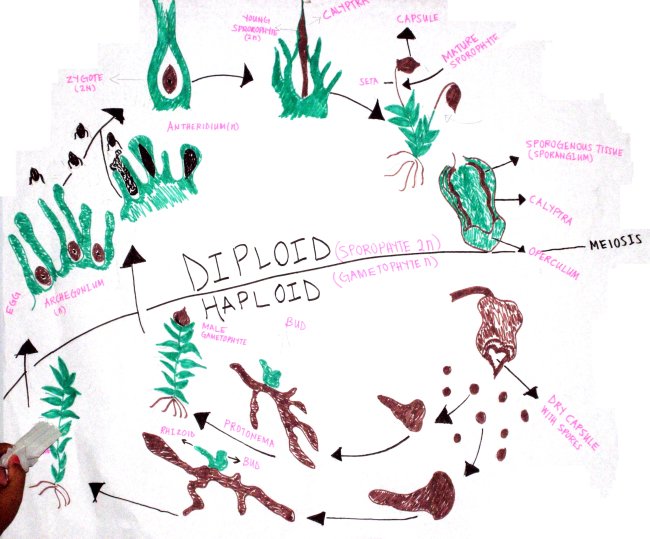
Lycophyta: Annie and Livingston cover the life cycle of Lycopodium cernuum
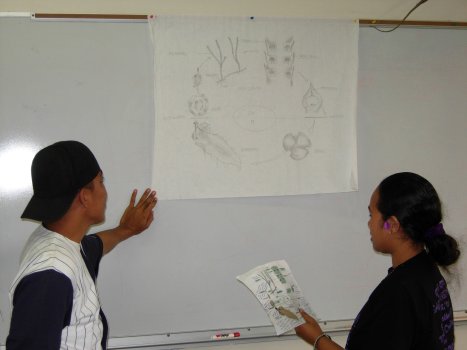
Lycopodium morphology: microphylls, strobilus, strobili.

Selaginella life cycle as explained by Beverlyn and Cassandra.
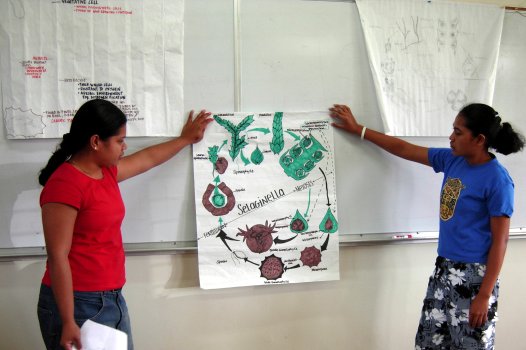
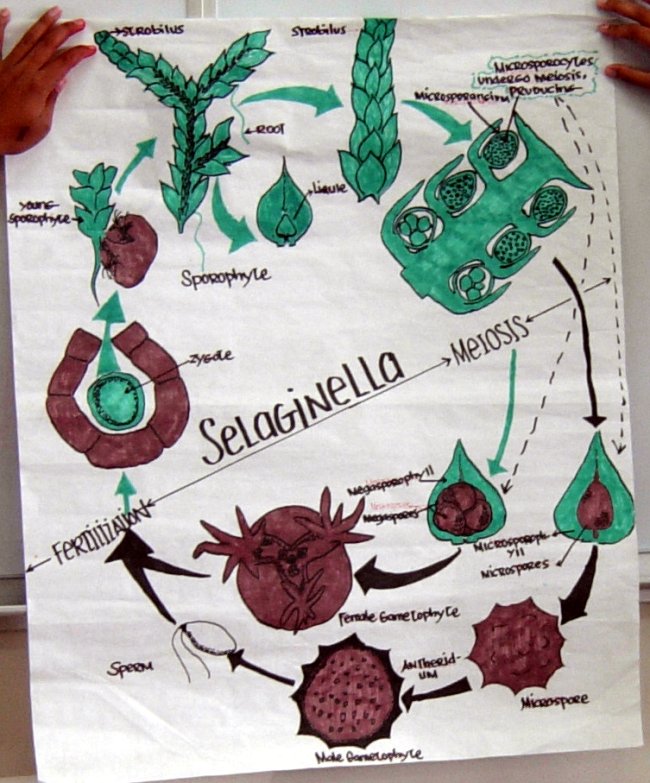
Evelyn and Shellain explain the life cycle of a fern.
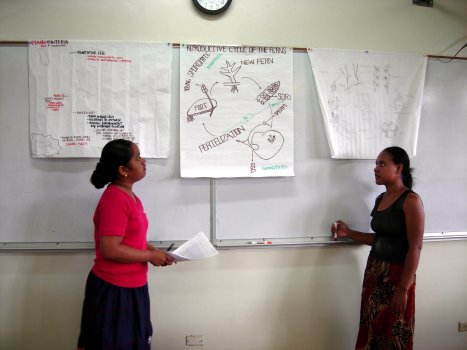
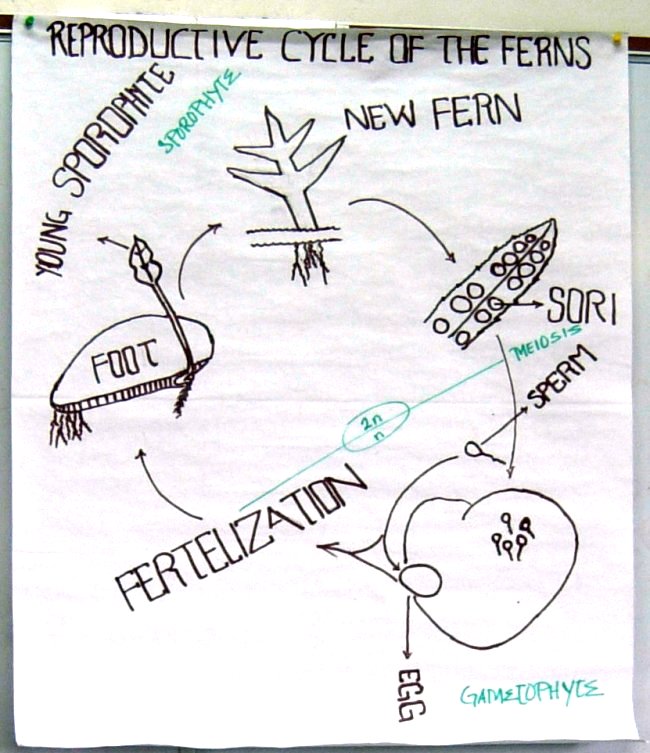
Sherly and Priana cover fern morphology.
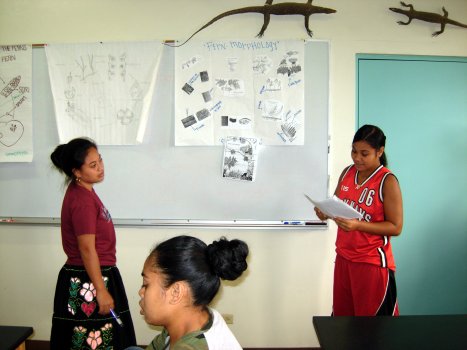
Stephen of Northern Noumeneas (NN) and Greda of Faichuuk (F) run a tag team on the names and pronounciations of the primitive plants of the islands of Chuuk lagoon.
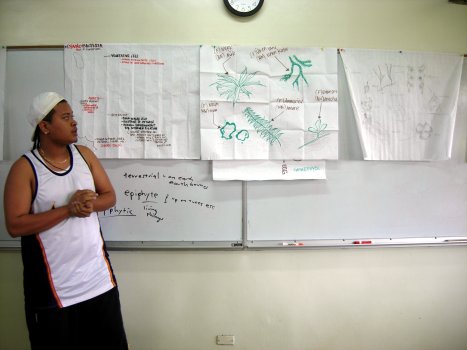
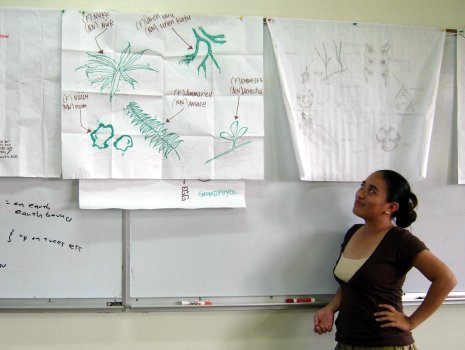
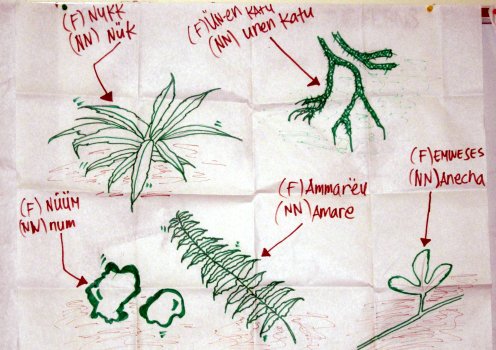
Teine covers Kapingan
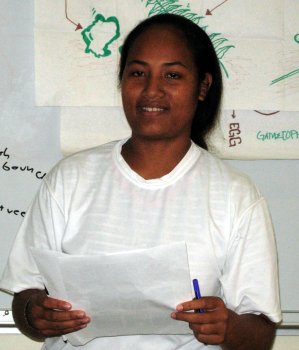
Wilson pronounces Kosraen

Aireen shares Mwokillese words with the class for the primitive plants.
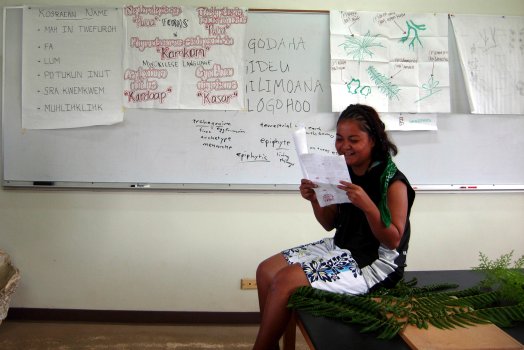
Kosraen and Mwokillese: similarities and differences.
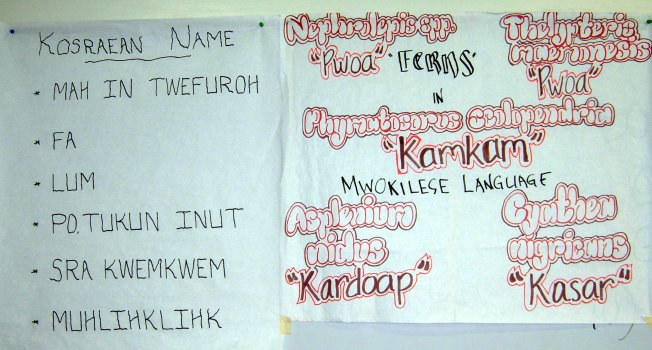
Pernes and Andrew enunciate the sound differences for primitive plant words between Kitti and "northern" Pohnpeian.
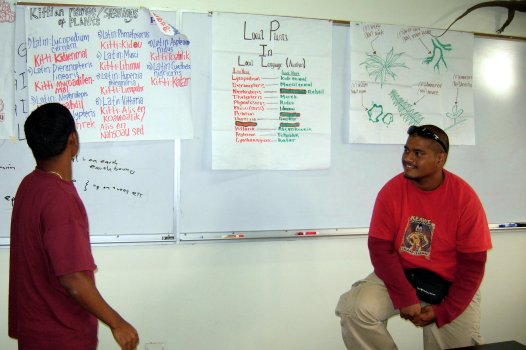
The matter of orthography on Pohnpei is well addressed in a 2004 paper by Kenneth L. Rehg titled Linguists, Literacy, and the Law of Unintended Consequences. As noted by Dr. Rehg, "Many Kitti speakers now oppose the decision to use the Northern dialect as the basis for standard spelling,... the current Kitti constitution specifies that Kitti pronounciation be reflected in all documents produced within that state."
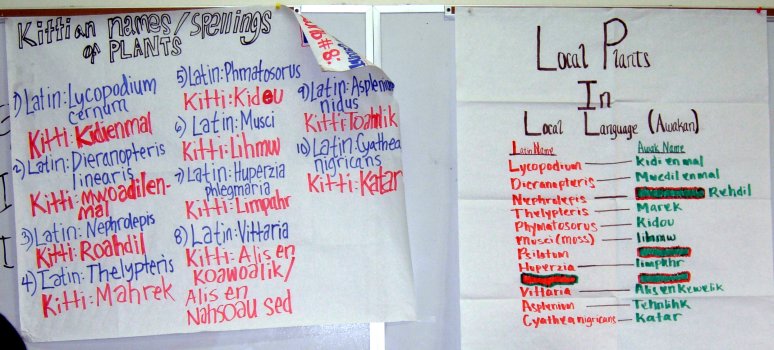
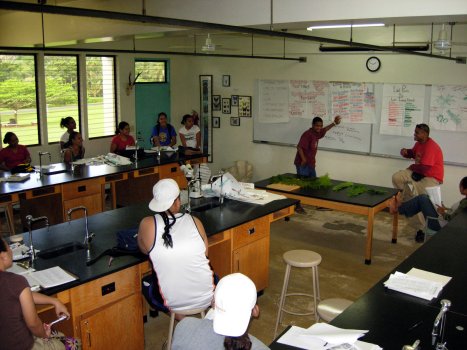
Zachary covers Satawalese.
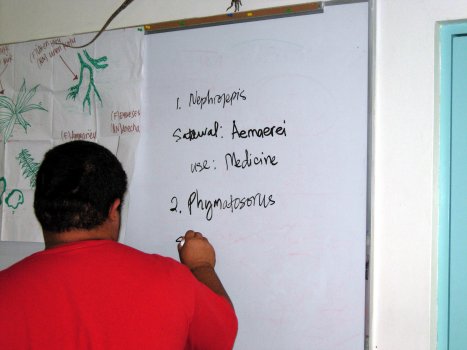
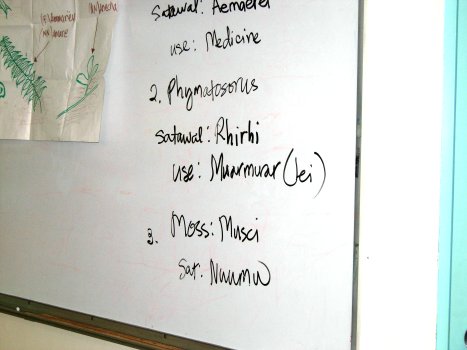
Emmy teaches the class Yapese
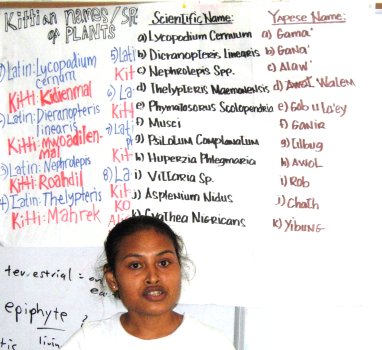
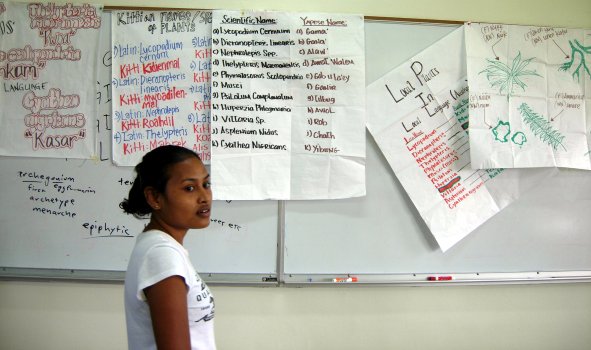
Later that evening Kenye Nipinyuck (Waguk) Mongkeya shares that the Kosraen name for the Nephrolepis fern is ka. Ka was used to keep water from spilling out of a bucket. In her youth, men carried water buckets on poles slung over their shoulders. The buckets would naturally sway. Ka was placed into the top of the bucket to keep the water from sloshing and increasing the swing of the bucket. A plant-based hydrodynamic damper.
![Kenye Nipikier (Waguk) [Alik] Mongkeya Kenye Nipikier (Waguk) [Alik] Mongkeya](2007012550kenye_nipinyuck_waguk.jpg)
Kenye Nipikier is now 84 years old. She turned 84 in early September 2006. Over the course of roughly a decade this author has asked numerous Kosraens if they know the name for Nephrolepis. A nephew of Kenye had said that it had a name, and that his father used to speak of the plant, but the nephew did not recall the name his father had used. The nephew, Tadao Waguk, is renowned for his plant knowledge, and thus when he did not know the name, this author became resigned to the name having been lost. The author is deeply indebted to Kenye Nipikier for her assistance in bring back this almost lost word. Kulo muluhlap!
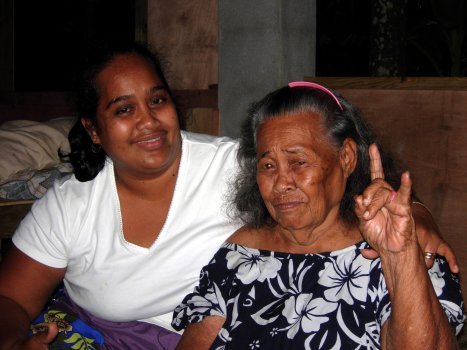
Ethnobotany • Courses • COMFSM